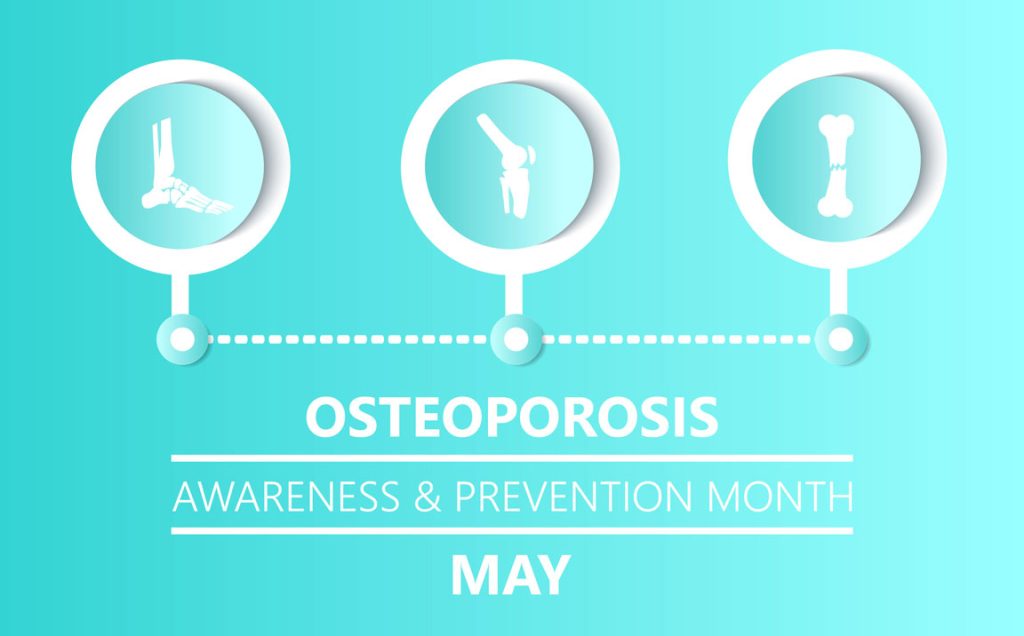Osteoporosis is a systemic skeletal disorder that is characterised by low bone density. Unfortunately, this condition places a person at increased risk of sustaining fractures due to increasingly impaired bone strength. According to the International Osteoporosis Foundation, currently worldwide 1 in 3 females aged over 50 will experience osteoporosis fractures, as will 1 in 5 males aged over 50. With no symptoms in the early stages, and most often remaining unnoticed for decades, a fracture is often the first symptom prompting a diagnosis.
A number of factors can increase the likelihood that you’ll develop osteoporosis — including sex, age, race, lifestyle choices, and medical conditions and associated treatments. To assist in the prevention and/or early detection of this condition, you may want to consider discussing your own osteoporosis risk factors with your GP as part of your regular health checks.
Osteoporosis should initially be diagnosed and treated medically by your GP and followed up with bone density scans every 2-5 years, depending on the grade of the condition or risk factors, and according to the GP’s recommendations. Specific supplements and a healthy balanced diet, combined with regular moderate to high intensity progressive resistance and impact training can increase bone density, maintain muscle mass and strength, mobility, and balance.
Regular physical activity provides a variety of health benefits, however, it is very important to select the exercises appropriately, because not all exercise regimes are beneficial for the purpose of bone building. Aerobic training, such as swimming, cycling, and walking, is highly beneficial to the body’s general health, but empirical evidence shows that these activities do not provide sufficient stimulation to the bones.
Overall, studies indicate that exercise training involving different forms of weight-bearing impact, resistance training, hopping and jumping can improve overall bone health and density. It is important that the exercise selection and the progressive loading schedule is individualised to the person, to achieve personal goals, increase functional capacity, and avoid any adverse effects.
An osteoporotic fracture can be sustained in any bone, however the bones that most commonly fracture are the spine, pelvis, hip, arm, and wrist. It is important to know that more than 95% of hip fractures occur as a result of falls, which necessitates the use of strategies and exercises to reduce the risk of falling alongside engaging in activities that contribute to long term bone health.
When it comes to constructing an appropriate exercise program, a few factors need to be taken into consideration:
1. Specific exercise selection
2. Amount of activity
3. Intensity level
The program then needs to be progressed gradually to maximise desired outcomes and avoid setbacks such as injuries, fatigue, soreness etc. Additionally, an individual’s goals, initial fitness level and experience all need to be taken into account to formulate the best personalised exercise program.
For a detailed assessment, treatment and individually tailored exercise program, book an appointment with one of our experienced physios today.

